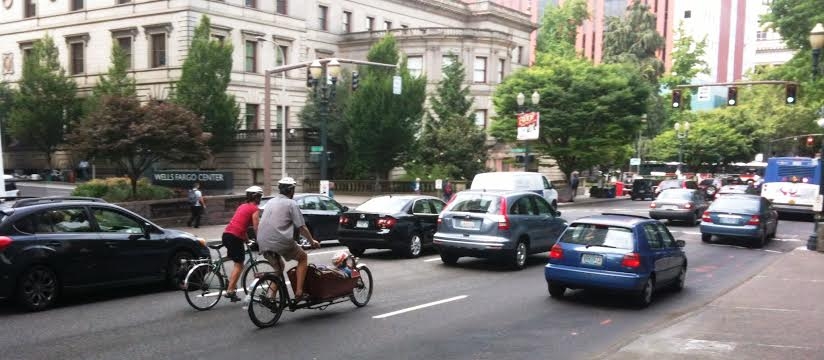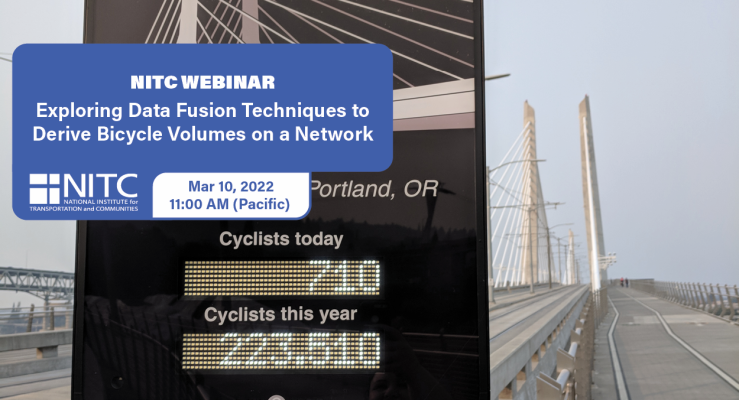The video starts at 0:58.
View slides
Abstract: Walking and bicycling are being promoted as transportation options that can increase the livability and sustainability of communities, but the automobile remains the dominant mode of transportation in all United States metropolitan regions. In order to change travel behavior, researchers and practitioners need a greater understanding of the mode choice decision process, especially for walking and bicycling.
This presentation will summarize dissertation research on factors associated with walking and bicycling for routine travel purposes, such as shopping. More than 1,000 retail pharmacy store customers were surveyed in 20 San Francisco Bay Area shopping districts in fall 2009, and 26 follow-up interviews were conducted in spring and summer 2010. Mixed logit models showed that walking was associated with shorter travel distances, higher population densities, more street tree canopy coverage, and greater enjoyment of walking. Bicycling was associated with shorter travel distances, more bicycle facilities, more bicycle parking, and greater enjoyment of bicycling. Respondents were more likely to drive when they perceived a high risk of crime, but automobile use was discouraged by higher employment densities, smaller parking lots,...
Read more


